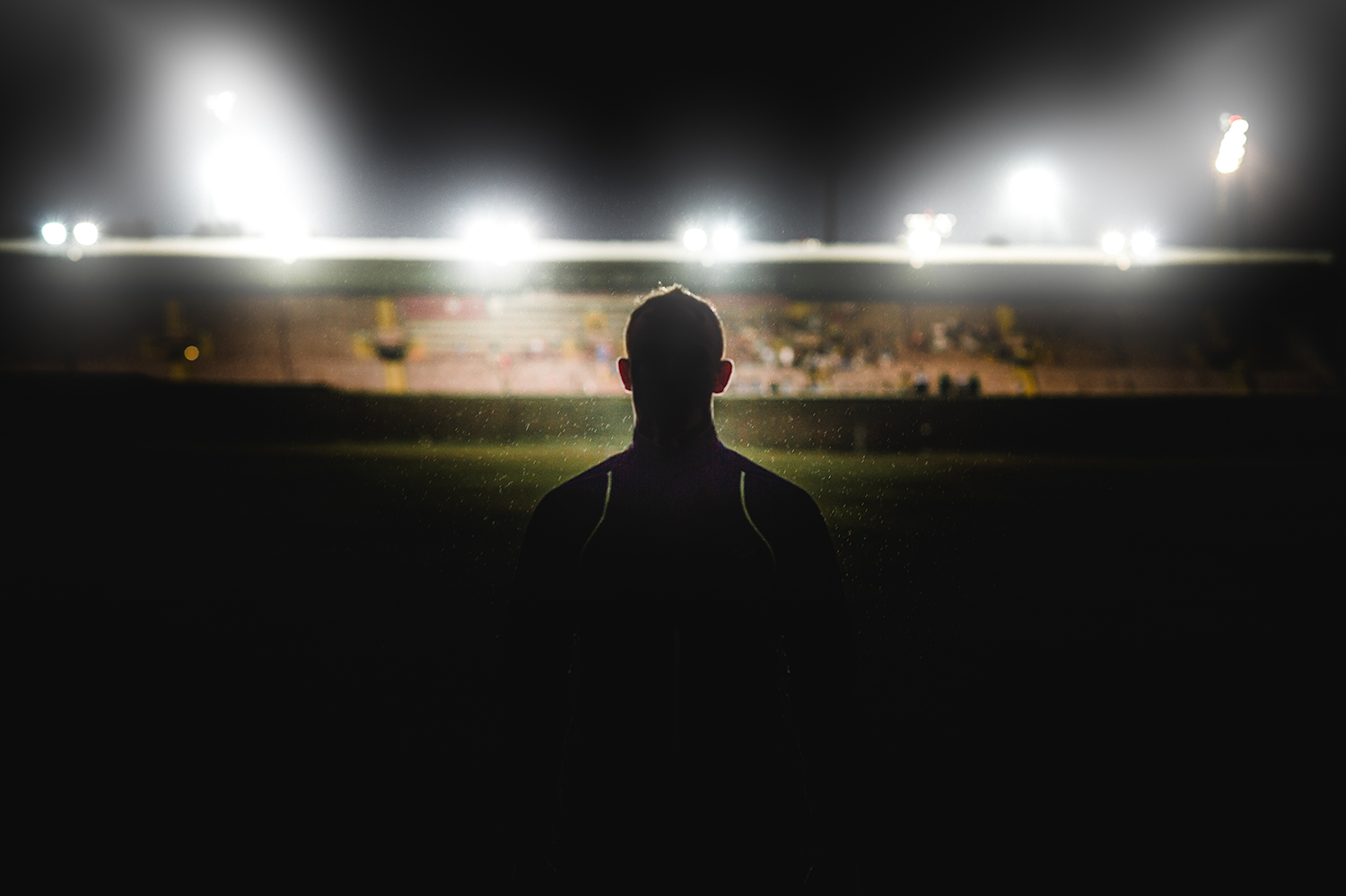In recent years, the intense pressure professional athletes endure has come under scrutiny, highlighted by incidents like gymnast Simone Biles withdrawing from the 2020 Tokyo Olympics and tennis player Naomi Osaka stepping back from the French Open, both citing mental health reasons.
As Biles told reporters at the time, “Whenever you get in a high-stress situation, you kind of freak out,” adding: “It just sucks when you’re fighting with your own head.”
Kelli Moran-Miller, a certified mental performance consultant at Stanford Sports Medicine and a U.S. Olympic Committee registry member, specializes in helping athletes navigate such challenges.
Moran-Miller, who is also a clinical professor in psychiatry and behavioral sciences, shares strategies she uses to help athletes manage stress in high-stakes situations. Methods such as transforming critical self-talk into positive reinforcement aren’t just for Olympians, she says, but can help the rest of us in everyday high-pressure situations.
What is the emotional journey like for athletes competing in the Olympic Games?
Through my work with elite athletes, I have learned that the experience and expectations for individual athletes can vary based on a lot of factors. For example, is this their first Olympics? Have they been there before and just missed out on the podium? Did they medal in Tokyo and now are looking for a repeat? Because the Olympic games only happen every four years, there are heightened expectations and publicity swirling around them. All of this can magnify the pressure and emotional impact of both successes and failures.
As an example, I think about Joao Felix, a Portuguese forward who just missed a heartbreaking penalty kick that ended Portugal’s run in the EuroCup. Over the course of his career, he’s made countless penalties and has earned the right to be in that moment, but he missed that pivotal one. Disappointing moments like this happen in elite sports, but as his coach said after the match, “… only players who never shoot a penalty never miss.”
When they’re at their best, athletes are focused on just being in the moment and executing their job. They’re not worrying about outcomes, how important a particular moment is, or what could go wrong.”
When watching the Games, I think it’s important to remember that even though Olympic athletes often do superhuman things, they are human beings, mainly in their 20s, and have the same range of human emotional experiences as all of us. It’s not so much the emotions that are unique, but the intensity of the circumstances surrounding them that demand increased emotional resilience to handle the thrilling victories and devastating losses.
What are some strategies you recommend to elite athletes for handling stress and cultivating that emotional resilience?
I like to help athletes understand and recognize the different types of stressors elite athletes may encounter, as well as how they typically respond to and have effectively managed stressors in the past. Elite athletes already have a lot of strategies in their toolbox. Reminding them that, to get to this point in their career, they’ve had to compete on big stages against other elite competitors builds confidence. Asking questions like, “When you’re at your best, what are you focused on, paying attention to, and thinking about?” can help them recognize the tools they already have. Most often, when they’re at their best, athletes are focused on just being in the moment and executing their job to the best of their ability. They’re not worrying about outcomes, how important a particular moment is, or what could go wrong.
To help maintain this task focus, I teach strategies like focus cues or instructional self-talk that athletes can use to remind them where to focus and refocus their attention in pressure situations. We also develop plans for how to spend downtime and how to limit distractions. The use of routines, self-talk, imagery, and energy management through attentional control and breathwork can help increase confidence and comfort with the unknown.
What are some examples of focus cues and instructional self-talk strategies?
Focus cues are words or actions that help direct attention (or focus) to stay task-focused in the present moment. They can be verbal (“read and react”; “compete”), visual (the front of the rim on a free throw), or physical (toss of the ball for a volleyball serve).
It’s important to remember that our stress response is our brain’s way of readying us for action so that we can rise to a challenge.”
There are different types of self-talk. I often simplify it to helpful vs unhelpful. Negative self-talk tends to be more critical and harsh and typically is unhelpful. Positive, encouraging self-talk (“you’ve got this”; “you can do it”; “you’re okay”) enhances mood and motivation. Instructional self-talk is a verbal cue used to direct attention on the task. It’s typically short, specific, and action-oriented. Examples include: “breathe, focus, go hard”; “deep breath, see the ball, trust.”
Can any of these techniques apply to regular people?
I think there are a lot of applications of performance psychology to everyday life. Having an awareness of different stressors we might encounter and typical reactions to stress can help us choose an effective response. Increasing our self-awareness and attentional control (i.e., choosing what to pay attention to and what to ignore) can help us focus on what we are doing in the present moment rather than getting caught up in worrying about what we’re not doing, what we think we “should” be doing, what just happened, or what might happen in the future. Breathwork and relaxation strategies can help us stay calm and composed in stressful moments.
Are there ways to increase our resilience in high-pressure situations?
In addition to having tools like the above for managing internal or external stressors in the moment, we also need to remember the importance of having a foundation of self-care and well-being, which increases our capacity for managing in-the-moment stressors. Sleep, exercise, and nutrition are essential for maintaining our physical well-being; building authentic connections with others – practicing gratitude and self-kindness – are examples of ways to boost mental and emotional well-being; and pursuing activities we find important and meaningful can enhance our spiritual well-being. I think about these as building the foundation for effective stress management.
What are some common misconceptions about stress?
We can sometimes focus too much on the downsides of stress and often assume that stress is always bad or even a sign of weakness. Although stress can definitely have problematic impacts, especially when chronic, it’s important to remember that our stress response is our brain’s way of readying us for action so that we can rise to a challenge. Sometimes athletes fear their body’s healthy stress response and think of it as “bad” for performance (e.g., performance anxiety), instead of recognizing that the nervous “butterflies” are the excitement and energy readying them to mobilize action for their peak performance.
“Stanford University, officially Leland Stanford Junior University, is a private research university in Stanford, California. The campus occupies 8,180 acres, among the largest in the United States, and enrols over 17,000 students.”
Please visit the firm link to site






